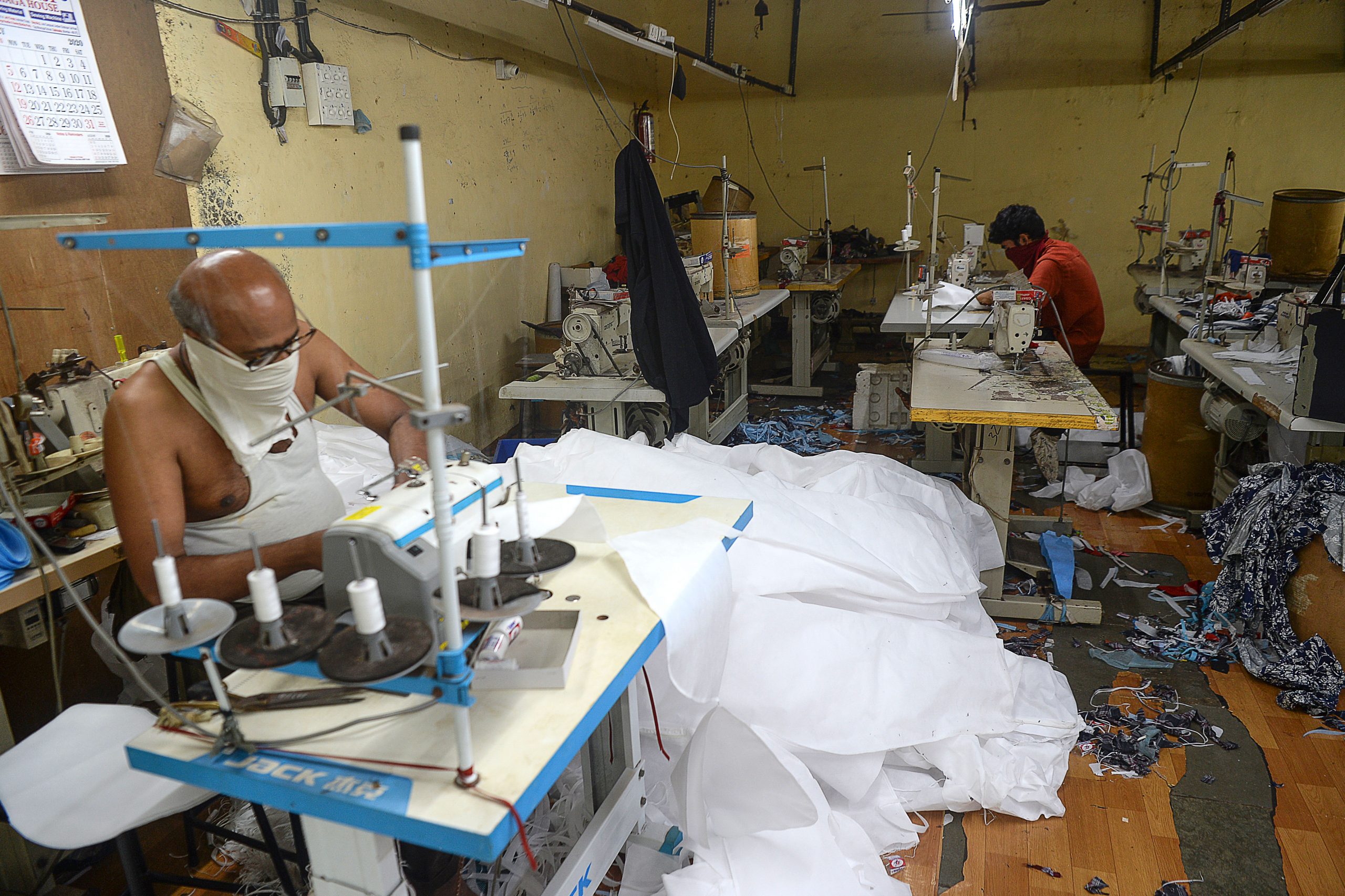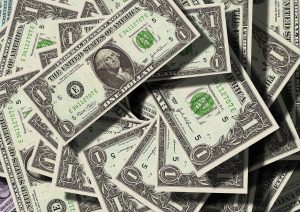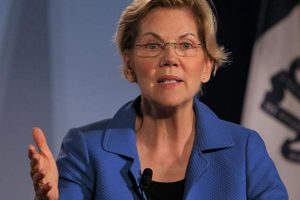There is near unanimity among economists that while India desperately needs a fresh fiscal stimulus to hold up a sinking economy, the government may not be in a position to be generous. Fiscal deficit has already overtaken the budget target set at the beginning of the year and government’s own revenue streams remain severely affected, making it tough for any further pump priming of the economy. So hopes are now pinned largely on the COVID-19 infection spread reducing on its own in the coming days and on continued growth in the agriculture sector, which remains about the only bright spot in an otherwise gloomy growth forecast for the remaining part of this fiscal year.
Earlier this week, the GDP print for the first quarter (April-June) was released and it was shocking to say the least: India’s economy contracted by nearly a fourth or by 23.9% in the three months, the deepest contraction on record and more than what the experts had been predicting for the quarter. Ratings firm CARE Ratings has pointed out that the pain of the lockdown has been felt across both industrial (-38%) and services (-20.6%) sectors. The agriculture sector was the only bright spot in the domestic economy during the quarter. Private consumption, which accounts for more than half (57% of GDP) fell by more than a fourth at -26.7% in real terms against a 5.5% growth seen in the same quarter last fiscal. CARE has also said that globally, the contraction in India’s economic growth has been amongst the severest.
After the GDP shocker, various government officials have been hinting at a fresh fiscal stimulus to spur growth, but given the over-promise and under-delivery in the last round of stimulus, not everyone is hopeful of any significant push from the Centre.
India’s Chief Economic Advisor K Subramanian told CNBC that he wasn’t ruling another short term stimulus package.
First Stimulus:
In mid-May, Prime Minister Narendra Modi announced a fiscal stimulus worth Rs 20 lakh crore, equal to 10% of the country’s GDP, saying this was among the largest such support any government had offered.
But as details of the package emerged, it was clear that less than 2% of the GDP was being offered as direct support and the remaining was divided between measures such as easing tax compliance burden and increasing liquidity in the system. The International Monetary Fund (IMF) has noted that direct spending by the government has only been 1.7% of the GDP so far.
The other measures have been: foregone or deferred revenue (about 0.3% of GDP; below-the-line measures for supporting businesses and shore up credit provision to several sectors (about 4.9% of GDP). The key direct-spending measures have been in kind (food; cooking gas) and cash transfers to lower-income households; insurance coverage for healthcare workers and wage support to low-wage workers. An additional Rs 15,000 crore (about 0.1% of GDP) will be devoted to health infrastructure. Then, measures have also been announced to ease the tax compliance burden in a range of sectors.
Also read: Economic gloom ‘unlikely’ to lift for next few quarters, says economists after India’s GDP plummets
Measures without an immediate direct bearing on the government’s deficit position aim to provide credit support to businesses (1.9% of GDP), poor households, especially migrants and farmers (1.6% of GDP), distressed electricity distribution companies (0.4% of GDP) and targeted support for the agricultural sector (0.7% of GDP) as well as some miscellaneous support measures (about 0.3% of GDP).
What next:
Economists point out that more direct fiscal support is required. D K Joshi, Chief Economist at ratings agency CRISIL said “Government will have to stretch fiscally as it is not business as usual scenario. Till now, what has been given as direct support is just 1.2% of GDP. We need at least another 1% of GDP in fresh support”. Economists at ICRA Research said that with Covid-19 infections continuing to climb and some states extending local lockdowns further, the economic outlook remains fraught with uncertainty. “We expect consumption trends to remain altered by the pandemic, with non-discretionary and in-home consumption being prioritised at the expense of discretionary goods and services, especially where social distancing is difficult to maintain. A broad-based pick up in investment activity is likely to be back-ended to at least H2 FY2022.”
Joshi noted that growth forecasts by various agencies have been pulled down further for the year. “Downside risks are rising and this also necessitates further fiscal support…we need a differentiated approach because not all parts of the economy are getting equally impacted.” ICRA has now put GDP de-growth at 9.5% for 2020-21, SBI analysts have now predicted a GDP decline in double digits and some other economists have also revised their earlier forecasts downwards.
In this scenario, all eyes are again turned towards the government. Which rabbit will be pulled out of the fiscal hat this time around? ends







